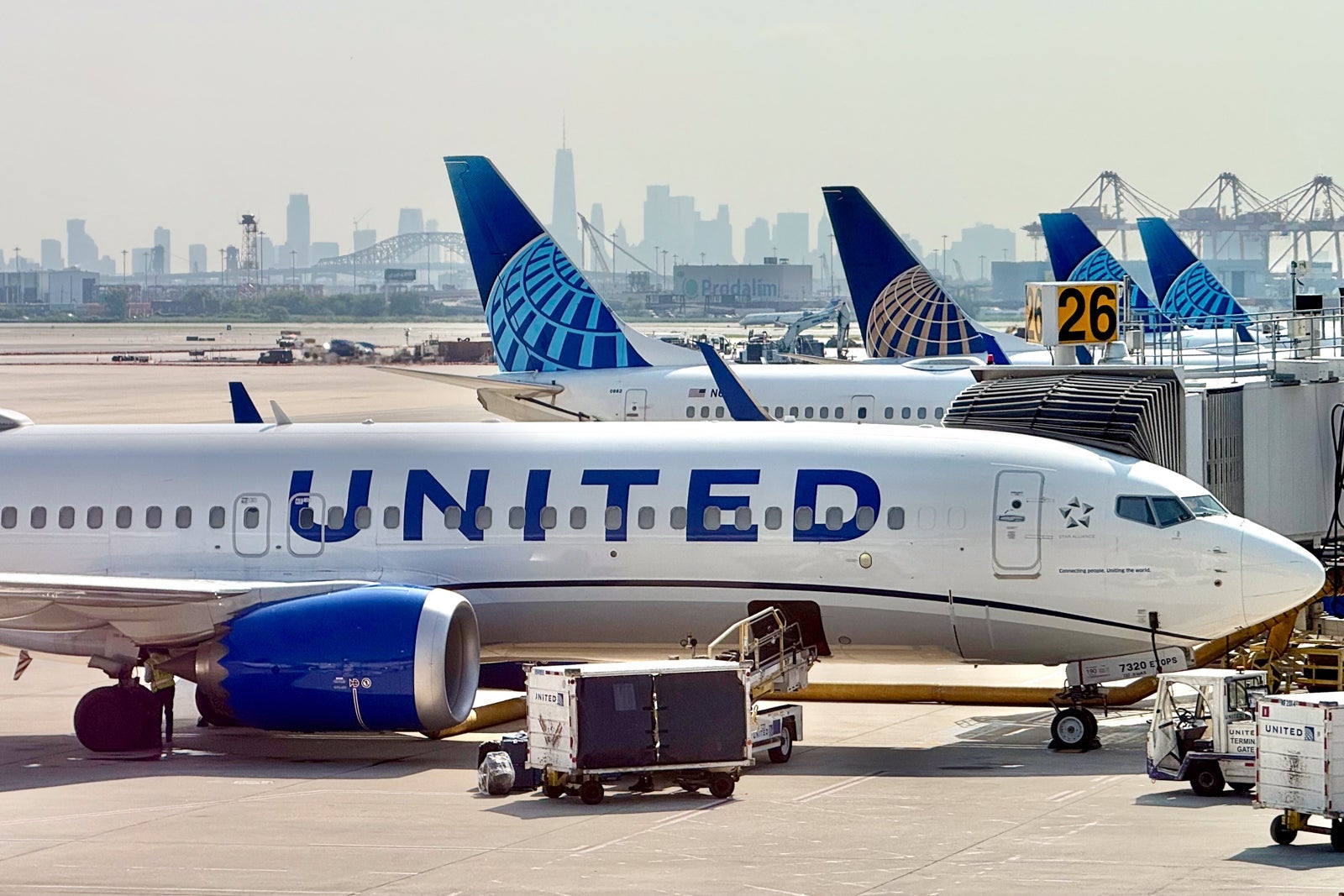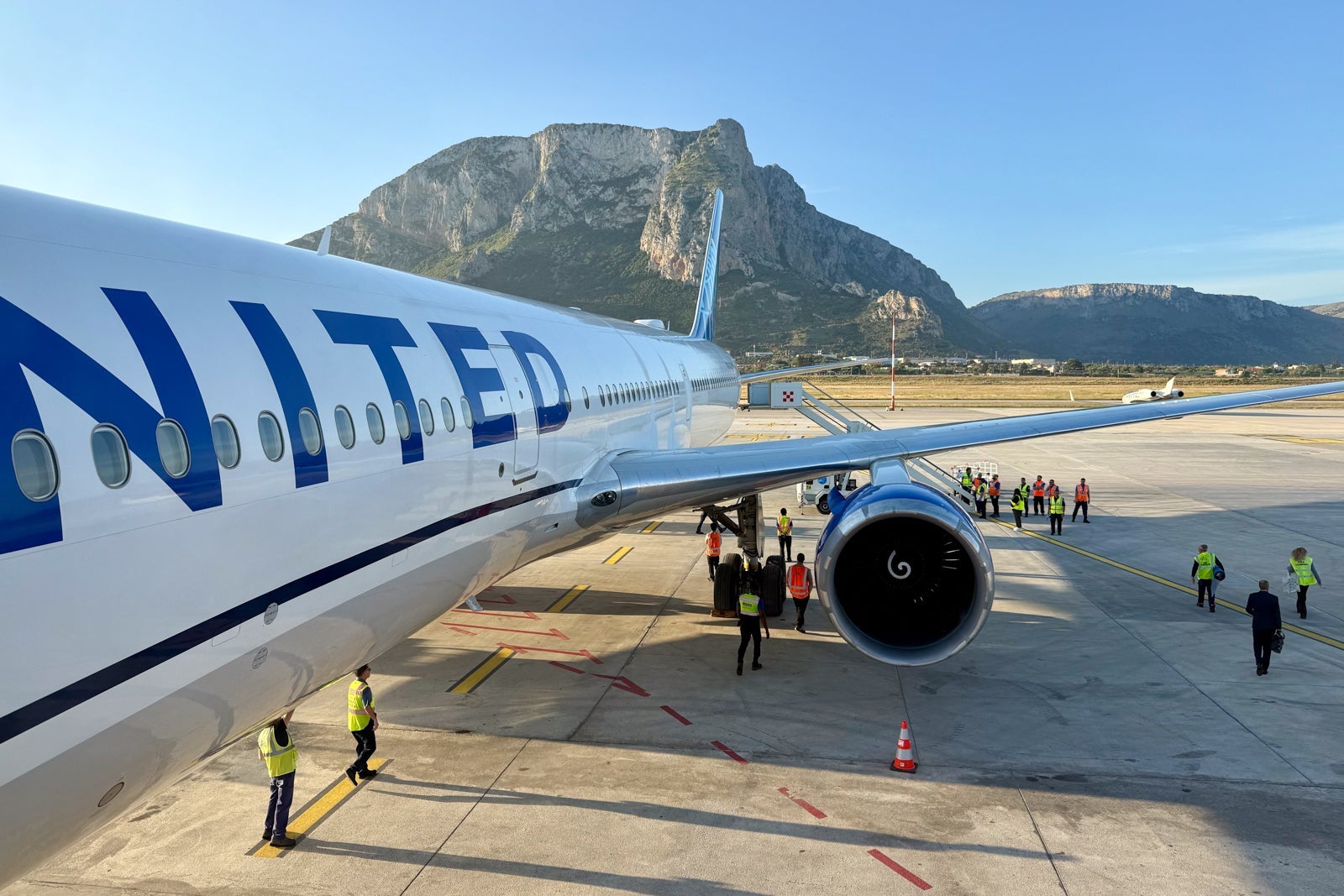For years, Southwest Airlines was my go-to airline. Affordable fares, flexible policies and (most importantly) two free bags made it a no-brainer for me. Hot take: I love a checked bag, and Southwest’s two free bags policy has saved me hundreds (dare I say thousands) of dollars over the years.
But after Southwest rolled out wide-ranging policy changes affecting baggage, boarding and fare structures, the once-simple airline started to feel complicated. Combine that with my recent move to a new city (and a need for more route options), and I realized it was time to rethink my airline strategy.
Here’s what I lost with Southwest’s new policies and how my United Quest℠ Card (see rates and fees) has stepped in to fill the gaps.
Related: The true Southwest Airlines reboot is almost here — and it may be just the beginning
Complimentary bags
When I heard Southwest was phasing out its free two-bag policy, I thought I was in a fever dream. For as long as I’d flown Southwest, “bags fly free” had been its calling card.
Now (for new reservations made on or after May 28), the first checked bag costs $35 and the second $45. That’s about average in the airline world, but it’s still a painful change for travelers used to packing freely.

Thankfully, the United Quest Card helps me keep that perk alive. The card includes two complimentary checked bags for both the cardholder and one companion on every United Airlines flight, a benefit worth up to $360 round-trip.
For me and my partner, who travel with ski bags at least once every winter, that easily covers more of the card’s $350 annual fee on its own.
Related: Which airline is now best if you don’t want to pay bag fees?

Reward your inbox with the TPG Daily newsletter
Join over 700,000 readers for breaking news, in-depth guides and exclusive deals from TPG’s experts
Flight credits
One of my favorite things about Southwest used to be its generous flight credit policy: Cancel a flight, and your credit never expired. That flexibility not only saved me from losing valuable points over the years but also took the stress out of booking. I could plan trips freely knowing I could change or cancel without much risk.
Unfortunately, that policy has changed.
Following a recent overhaul of its fare structure, the airline now limits how long customers can use their flight credits:
- 12 months for most fares
- Six months for its lowest tier, called “Basic” (formerly “Wanna Get Away”)
Even more restrictive, travelers who book Basic fares can no longer change their flight to a different time or date unless they first upgrade to a higher fare class. What was once one of the most flexible low-cost airline policies in the U.S. has now become far more limited.
For travelers like me who loved Southwest’s “book now, figure it out later” flexibility, this change marks a big shift.
For years, Wanna Get Away fares were my go-to because they struck the perfect balance of affordability and freedom to adjust my plans without penalty. It was simple, transparent and traveler-friendly, which made Southwest stand out in an increasingly rigid industry.

Fortunately, this is where the Quest Card helps fill the gap.
United’s policy is similar to Southwest’s in that flight credits from canceled trips typically expire after 12 months. But the Quest Card offsets that limitation with generous ongoing perks, including a $200 annual United TravelBank credit and a 10,000-mile anniversary award flight discount each year, just for being a cardholder.
I used to love Southwest’s no-expiration flight credits, which saved me from losing valuable points over the years. Now, I get guaranteed value each year through these Quest Card benefits, which are credits and miles I can actually plan around.
While it doesn’t bring back the ability to cancel freely and reuse credits indefinitely, these annual perks help replace much of the flexibility and value I lost when Southwest changed its policy.
And, in some ways, I might be even better off now since I get extra money each year to put toward flights I’d book anyway.
Related: Top 5 reasons to get the United Quest Card: Perks galore with a reasonable annual fee
Seats and boarding
Another major Southwest policy rollout that drew mixed reactions was its introduction of assigned seating, which includes seating fees for Basic fares. For years, the airline was known for its open-seating policy, where your boarding position was determined by when you checked in or if you paid a little extra for priority boarding.
And I have to admit, I didn’t mind it. In fact, it used to be part of the fun: Check in early, grab your favorite seat and enjoy the open-seating adventure.
So, when I first heard about Southwest’s seating changes, I was disappointed, mainly because selecting a seat for the cheapest fare now meant paying extra for something that was previously free.

But here again, the Quest Card comes to the rescue. Cardholders receive automatic Group 2 boarding, giving me plenty of time to find overhead bin space and settle in without the stress. It’s a small perk that makes a big difference in how relaxed I feel at the gate.
After a few months of adjusting to United’s assigned seating, I’ve come to appreciate the predictability it brings. Knowing my seat ahead of time removes the last-minute scramble I used to feel with Southwest’s open-seating process, and that’s a trade-off I can live with.
Related: I’ve never wanted a United Airlines cobranded credit card before, but I want this 1
A broader network (and more ways to redeem)
Changes to bags, flexibility with cancellations, flight credits and open seating were all key factors in my decision to make the switch from a Southwest loyalist to a United cardholder. But there are some additional perks that make the change even sweeter.
For example, I recently redeemed just 6,000 United miles to book a flight from Switzerland to Slovenia via Swiss, a redemption that simply wouldn’t have been possible with Southwest’s network.

While Southwest has announced plans to expand to additional international destinations in the future, its current reach is best suited for domestic routes and a handful of locations in Mexico, Central America and the Caribbean.
The broader flexibility that United allows just makes more sense in my pursuit of traveling the world. And since I recently moved to San Francisco (one of United’s major hubs), it just makes even more sense for me to fly (and earn) with United.
Related: 8 reasons to upgrade from the United Explorer Card to the United Quest Card
Why I chose the United Quest instead of the Southwest Rapid Rewards Priority
Sure, I could have opted to go with a Southwest cobranded credit card to recoup some of the benefits lost with its policy changes. But when I compared the Quest Card to its same-tier Southwest counterpart — the Southwest Rapid Rewards® Priority Credit Card (see rates and fees) — the United card came out as the clear winner.
Here’s how the two cards compare among popular categories:
| Feature | United Quest Card | Southwest Rapid Rewards Priority card |
|---|---|---|
| Annual fee | $350 | $229 |
| Checked bags | Two complimentary bags for the cardholder and one companion on the same reservation | Free first checked bag for cardholder and up to eight passengers traveling on the same reservation. |
| Boarding | Priority Group 2 boarding on United flights | Priority Group 5 boarding on Southwest flights (for flights in 2026 and beyond); those with A-List status can board with an earlier group |
| Earning rates with the airline | 8 miles per dollar spent on United flights
3 miles per dollar spent on all other eligible United purchases |
4 points per dollar spent on Southwest purchases |
| Travel credits | Annual $200 TravelBank credit and one 10,000-mile anniversary award | Annual $75 travel credit: can be used on most Southwest purchases, including tickets (excluding upgraded boardings and inflight purchases; this credit will end Dec. 31) |
Southwest cards do still have their perks and can be a great option for those who are loyal to the airline. But for someone like me who values two free checked bags, generous perks and flexibility, the Quest Card clearly provides more bang for my travel buck.
Related: Who should (and shouldn’t) get the United Quest Card?
Bottom line
When Southwest stopped feeling simple, a United credit card started feeling smart.
I never expected to switch airline loyalty — or to find a credit card that aligned so perfectly with how I actually travel — but the United Quest Card‘s combination of travel credits, complimentary bags and strong earning rates has made it feel more rewarding (and less stressful) than my old setup ever was.
Sometimes, the right card is hiding in the most unexpected place.
To learn more, check out our full review of the United Quest.


